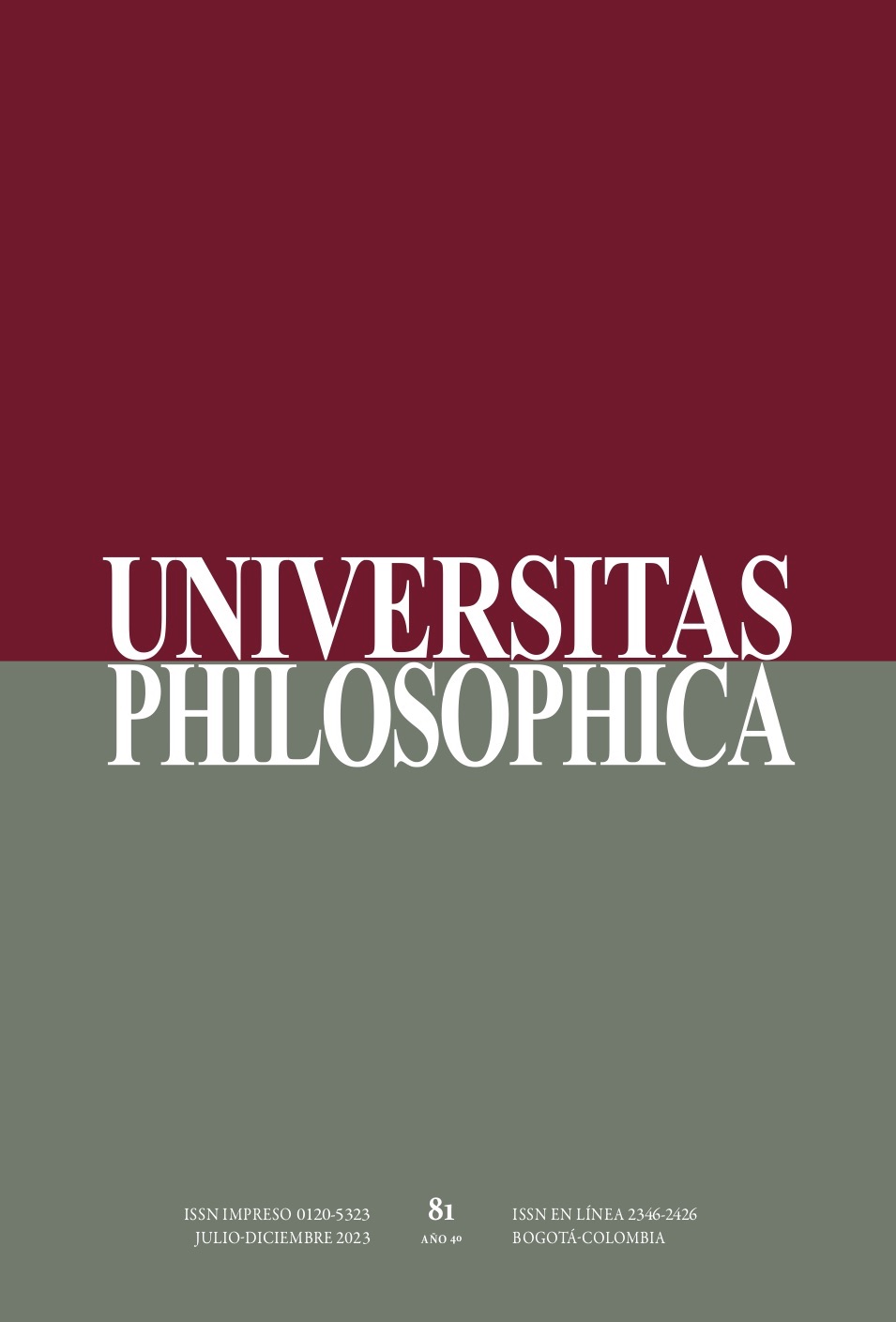Resumen
La relación entre Platón y los poetas ha suscitado no pocas reflexiones a lo largo de la historia de la filosofía. Uno de los diálogos privilegiados para entender esta relación ha sido el Fedro, pues la belleza, la escritura y el lenguaje son ámbitos en los que filosofía y poesía confluyen. No sorprende, entonces, que se hagan varias alusiones a los poetas de la tradición épica y lírica como Homero, Este´sícoro y Safo. Sostendremos aquí que esta alusión a Safo en el Fedro, única en todo el corpus platónico, implica un compromiso con la tradición poética y erótica femenina, una comprensión de esta como estadio protofilosófico y el reconocimiento de la influencia de Safo en su concepción del eros. De este modo, no sólo se amplía la consideración acerca de la relación de Platón y los poetas, sino que se incluye una perspectiva que no ha sido abordada de manera suficiente, esto es, el aporte femenino al pensamiento platónico.

Esta obra está bajo una licencia internacional Creative Commons Atribución 4.0.
Derechos de autor 2023 Biviana Unger


